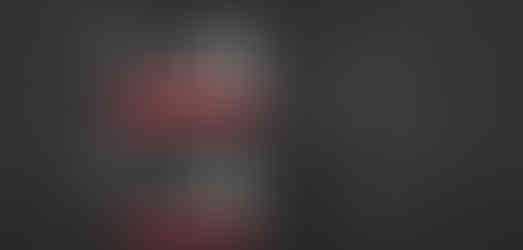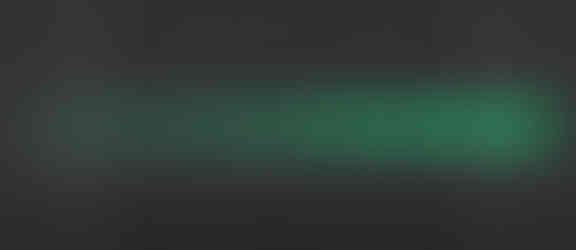Focal Point
- Sarah DeWitt

- Feb 8, 2021
- 3 min read
After my last meeting with my mentor, I’ve realized that the way I’d been filming was far too planned out and cleaned up for the style of video I was trying to make. I’m telling the stories of immigrants in America. Many of these stories include hardships and feelings of instability in an entirely unfamiliar place. If my footage is all shot on a tripod or is stabilized and cleaned up, everything feels far too stiff and sterile.
As a cinematographer, I have to be more conscious of how things like the camera movement (or lack thereof) can affect the story and what people see in the frame. Until I met with Peter this week, the thought didn’t even come to mind. I was far too focused on lights and composition to think about anything else.
With these new ideas in mind, I began discussing some concepts for different shots with my family. In conversation, my brother (who is a hobbyist photographer and has extensive knowledge about cameras and lenses) suggested that I look at getting a new lens to help with the kind of footage I was now thinking of shooting.
This conversation led me down a long path of YouTube videos to learn more about focal length and aperture, as well as what I should be looking for in a lens. Ultimately, I decided I should start saving up for Fujifilm’s 16-80mm f/4 lens.
From my research, I gathered that this lens is extremely versatile for filmmakers as it offers a standard (and wide) range of focal lengths. At 16mm, I can benefit from having a wide-angle lens and shoot landscapes and architecture, having everything in frame sharp and focused. At 80mm, I can get closer to having a telephoto lens where the depth of field (distance between the subject in focus and everything else in the background) is shallow, and the area of focus is small.
The 80mm focal length is great for a bokeh effect and wildlife photography and would also be useful if I wanted to shoot portraits or a close-up of someone's face. At f/4, shooting in low light settings will also be easier. (The lower the f stop number, the more light gets into the camera’s sensor.)
The lens also has six stops of stabilization, which will greatly help my handheld footage. Although I’m looking to shoot more gritty and shaky footage, I need to do this tastefully, and having these stops of stabilization would greatly help me with that.
I also took some time to look at some examples of handheld footage and noticed that the movement I should be shooting for is more on the x and y axes instead of the z-axis unless it’s a shot where the camera is following someone.
I may not be able to purchase this lens in time to use it for this particular project, but it was helpful for me to do some research into lenses and know what I can aim for in the future. Because of all my research into lenses, I can now apply this knowledge to my current lens and equipment.
Knowing that I want to rely more on improvisation and authenticity in the way I shoot this project, I’ve made loose plans and concepts on what I want to shoot in the next week. Hopefully, all goes well - but even if I don’t like what I shoot, I’ve organized my project in a way that allows me plenty of time for reshoots.







Comments